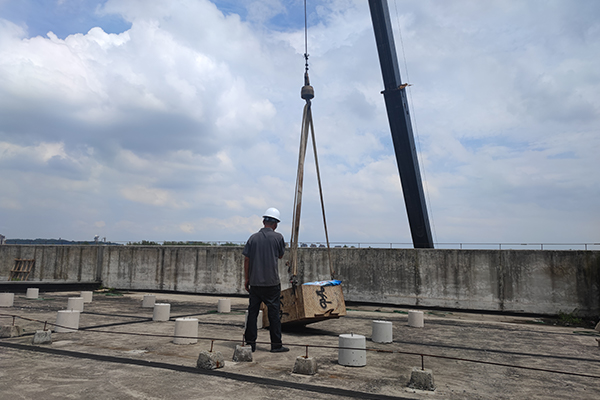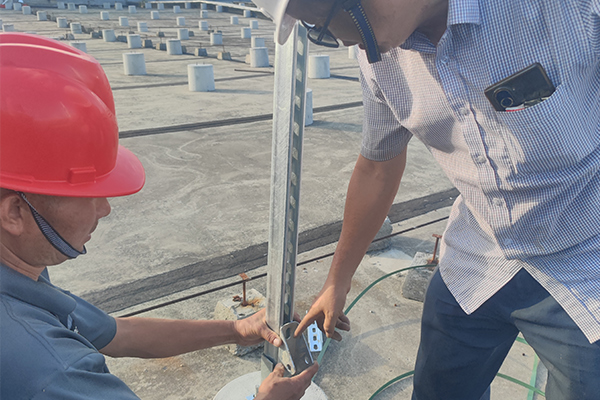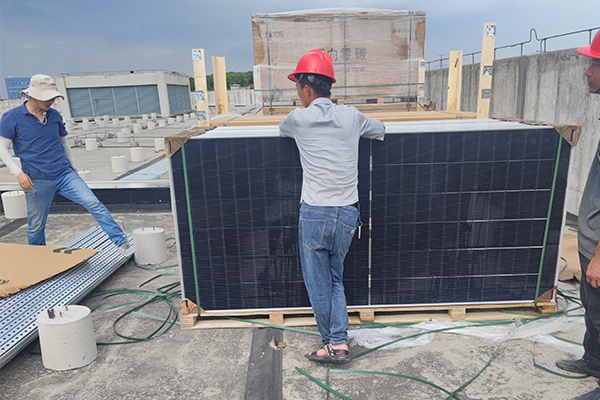Solar power generation is a device that uses the photoelectric effect of semiconductor materials to convert solar energy into electricity, assuming that the light is illuminated on the solar cell and is received at the interface layer, photons with enough energy can excite electrons from the covalent bonds in P-type silicon and N-type silicon, generating electron-hole pairs. Electrons and holes near the interface are separated from each other by the electric field of the space charge before recombining. Electrons move to the positively charged N region and holes move to the negatively charged P region. Through the charge difference at the interface layer, an outward-testable voltage is formed between the P and N regions. At this time, electrodes can be added to both sides of the silicon chip and connected to the voltmeter. For crystalline silicon solar cells, the typical value of the open circuit voltage is 0.5 to 0.6V, and the more electron-hole pairs generated by light in the interface layer, the greater the current. The interface layer receives more light energy, and the larger the area of the interface layer, that is, the battery, the larger the current formed in the solar cell.

Features of solar power generation:
1. Solar energy is an inexhaustible source of clean energy, and solar power generation is safe and reliable, and will not be affected by energy crisis and unstable fuel market factors;
2. The sun shines on the earth and solar energy is available everywhere. Solar power generation is especially suitable for remote areas without electricity, it will reduce the construction of long-distance power grids and power loss on transmission lines;
3. Solar power generation does not require fuel, which greatly reduces operating costs; Resources are available everywhere, can be nearby power supply, do not need to long distance transmission, to avoid the loss of electricity caused by long distance transmission lines.
4. In addition to the tracking type, no moving parts, easy to damage, easy to install, simple maintenance;
5. Solar power generation does not produce any waste, does not produce noise, greenhouse gases and toxic gases, it is an ideal clean energy. 1KW photovoltaic power generation system can reduce CO2600-2300kg, NOx16kg, SOx9kg and other particulate matter 0.6kg per year.
6. The roof and walls of the building can be effectively used without occupying a lot of land, and the panels can directly absorb solar energy, reduce the temperature of the walls and roof, and reduce the load of indoor air conditioning;
7. The solar power generation system construction period is short, the power generation module service life is long, the mode is flexible, the power generation system energy recovery period is short;
8. Not limited by the geographical distribution of resources; It can generate electricity near where it is used.

Working process of solar power generation:
1. After absorbing sunlight, photovoltaic panels convert solar radiant energy into direct current.
2. The inverter converts direct current into alternating current
3. The generated power can be directly stored in the battery or incorporated into the grid through the inverter.
4. The power grid dispatches and uses electric energy.

 English
English


